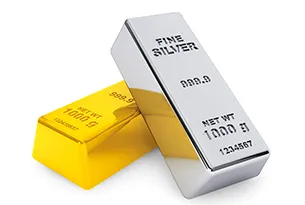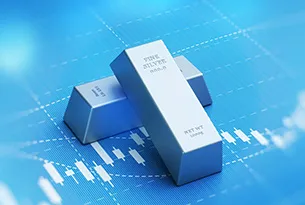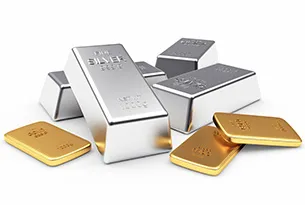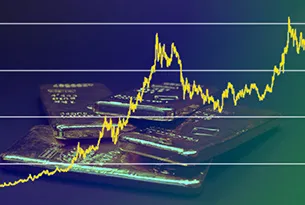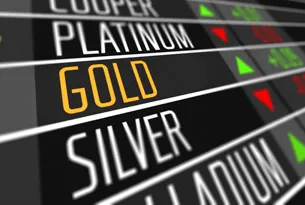Sheldon Jacobs, founder and contributing editor of The No-Load Fund Investor, advised attendees at last week’s Las Vegas Money Show to explore fundamental index funds instead of plain-vanilla indexing.
I’ve been an advocate of index funds for many years and they’ve been a godsend for most people, particularly back in the 1980s and 1990s. Most index funds are capitalization-weighted, [such as] the Standard & Poor’s 500.
Capitalization-weighted means you take the price of the stock times the number of shares outstanding. That means a high-priced stock will have a higher weight in the index than a low-priced stock. There are certain advantages to this, one of them being you have a perfect representation of the market, and academics like that. But this capitalization-weighting suffers from a very inherent flaw that bothered me for years: It overweights overvalued stocks and underweights undervalued stocks, which means it will do very well in a secular bull market and not very well in a bear market.
In the 1990s the more a stock went up the more people liked it, so it was great to overweight, but today it’s not. Let’s take two stocks that are in the S&P 500—Google and General Motors. By market value, Google is 0.81% of all of the 500 stocks. General Motors, because it has a low price, has a weighting in the S&P 500 of 0.14%.
If you were to put more money into an S&P 500 fund, you would have to put $8.25 into Google for every dollar you put in to General Motors. Do you really want to do that? Google’s got a P/E of 47x.
There’s even a better method now. It’s called fundamental indexing. The leader in this field is called Research Affiliates, [and] they use four separate metrics to do this: book value, cash flow, sales, and dividends, which determine their weightings. There’s been a lot of research done on this and there is a body of information that says a fundamentally-weighted fund will do 2% a year better than a [traditional index fund], and over a period of years that could mean big bucks.
The fund that does this I recommend is called the Powershares FTSE RAFI 1000 (NYSE: PRF). It’s doing better than the S&P 500. Expense ratio is 0.6%, a little high for an index fund though certainly better than any actively managed fund.
If you own an S&P 500 index fund, I would sell it and buy PRF and replace it dollar for dollar. This can be used as a core holding the same way an S&P 500 fund can be used as a core holding. (It closed at $62.79 Friday, near its all-time high—Editor.)
There is a down side—maybe. It does have a value tilt to it—mid or large cap value. You are going to find a few periods where if growth is beating the pants off value, this fund will lag the 500 slightly. I don’t think that’s a problem.




















